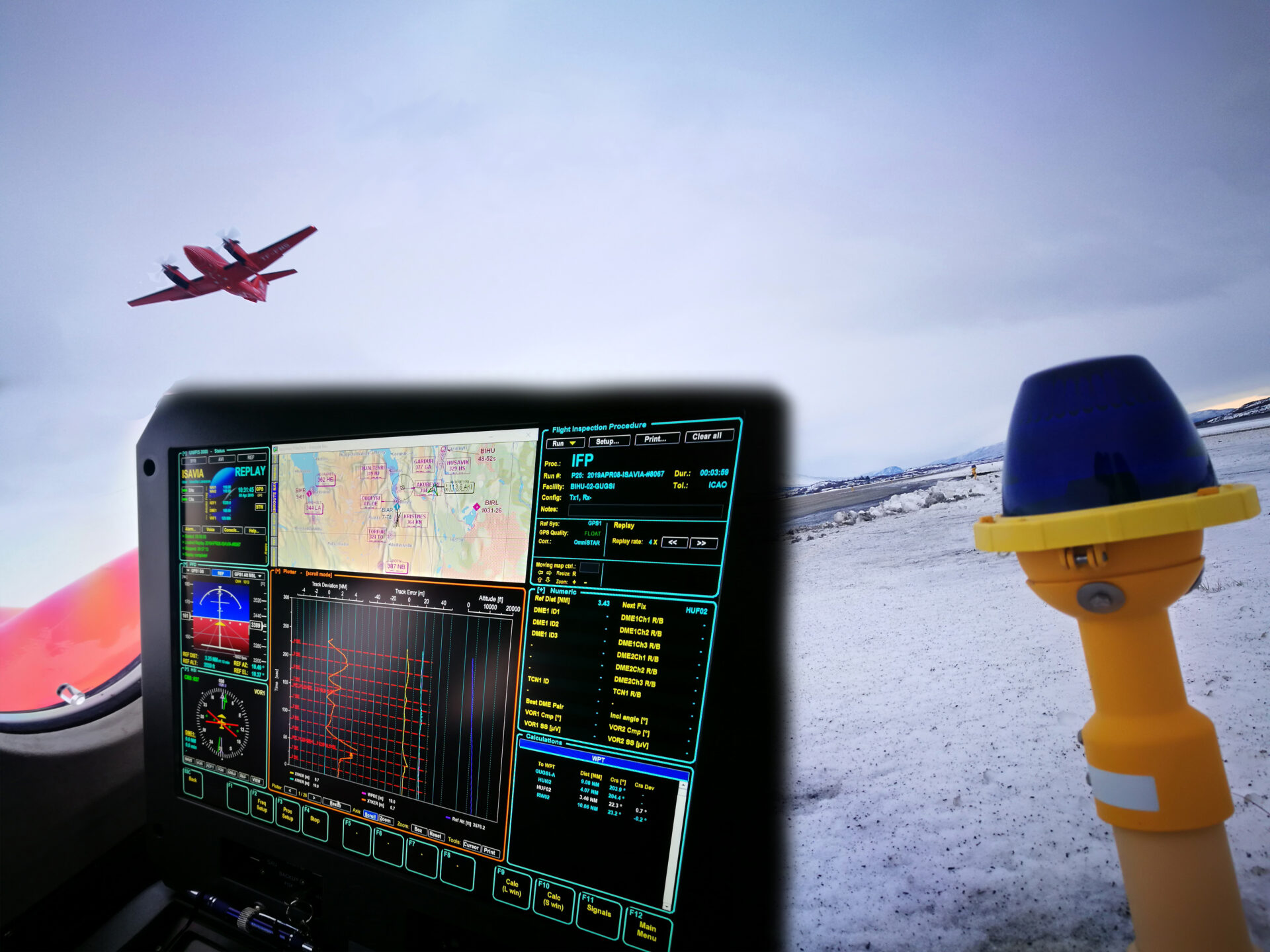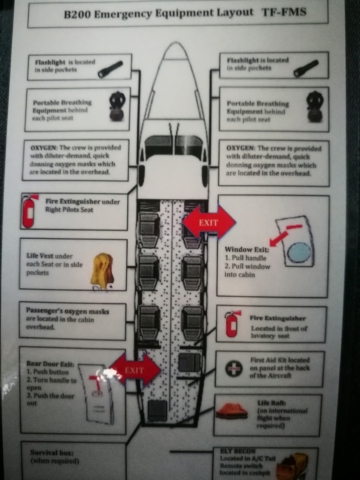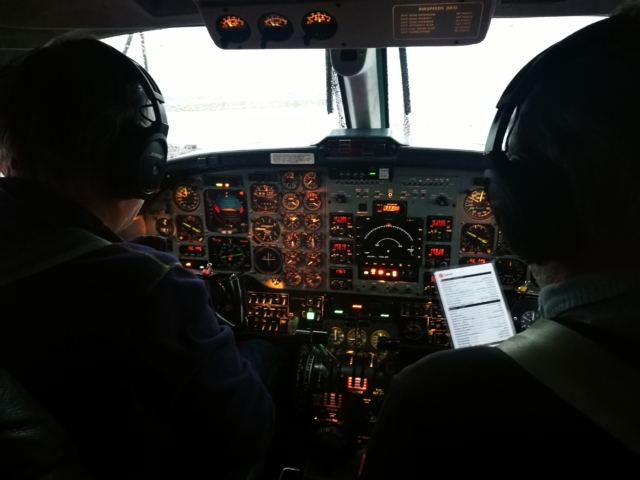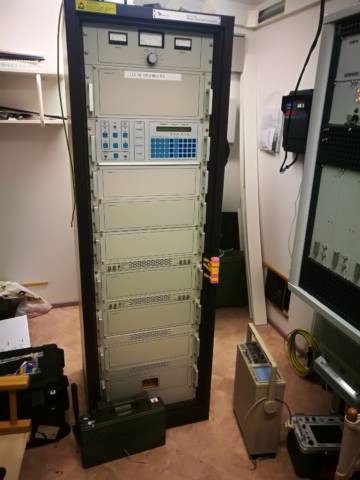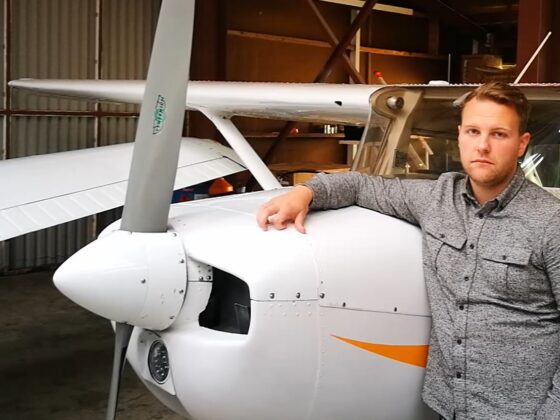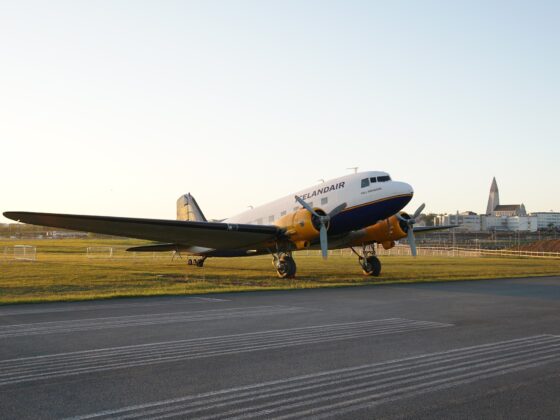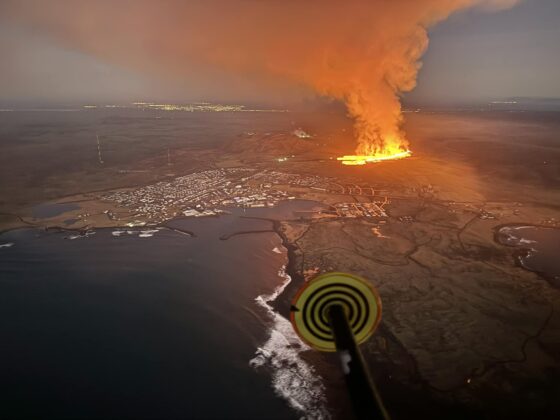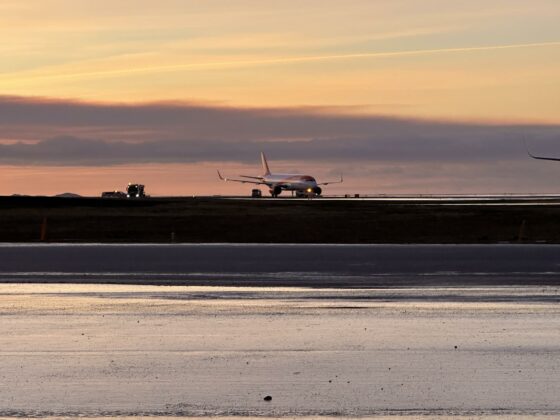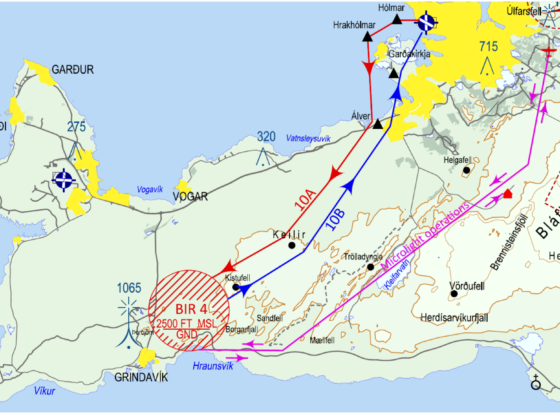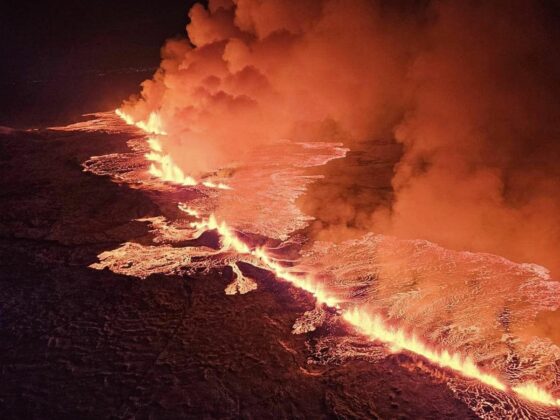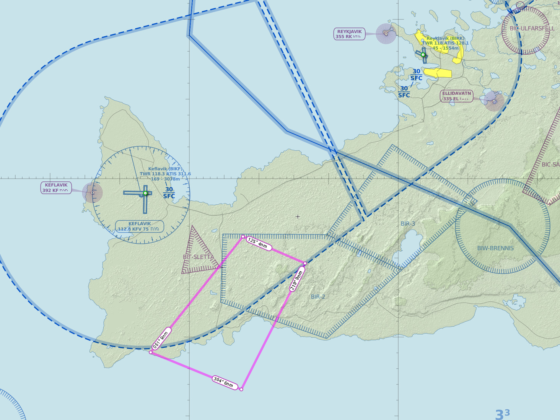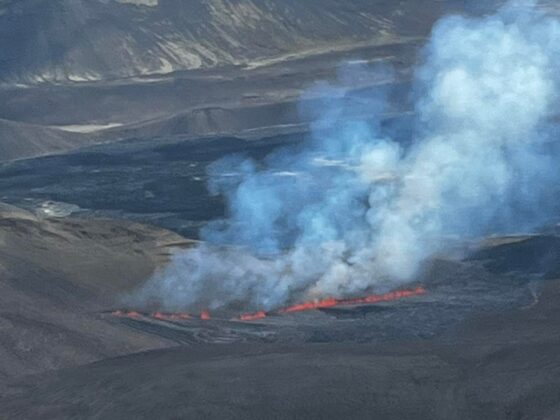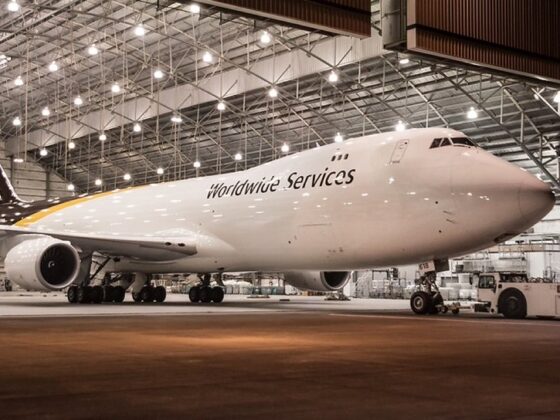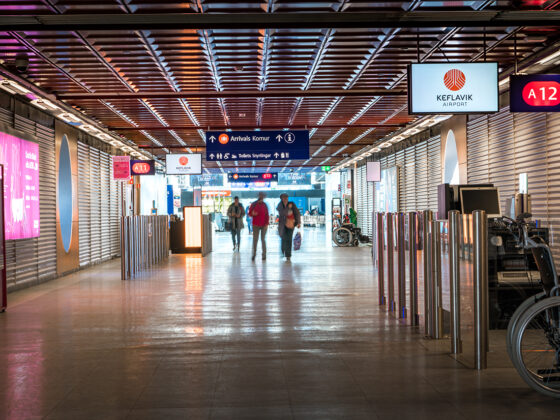All modern airliners can approach airports in low visibility conditions, thanks to different types of navigation equipment. From less precision, such as non-directional beacons (NDB), VHF omnidirectional radio range (VOR) or Satellite Based Augmentation System (SBAS) to more precision, such as Instrument Landing Systems (ILS). Some of these systems were invented and implemented many years ago, for example, ILS is used since 1946, but SBAS is a recent system and developed in the 2000s. Another difference is the way how they work. While NDBs, VORs and ILS use radio frequencies to send particular signals from the ground into the airspace, where they can be intercepted by aircraft, SBAS uses signals from satellites, soaring in space around the Earth.
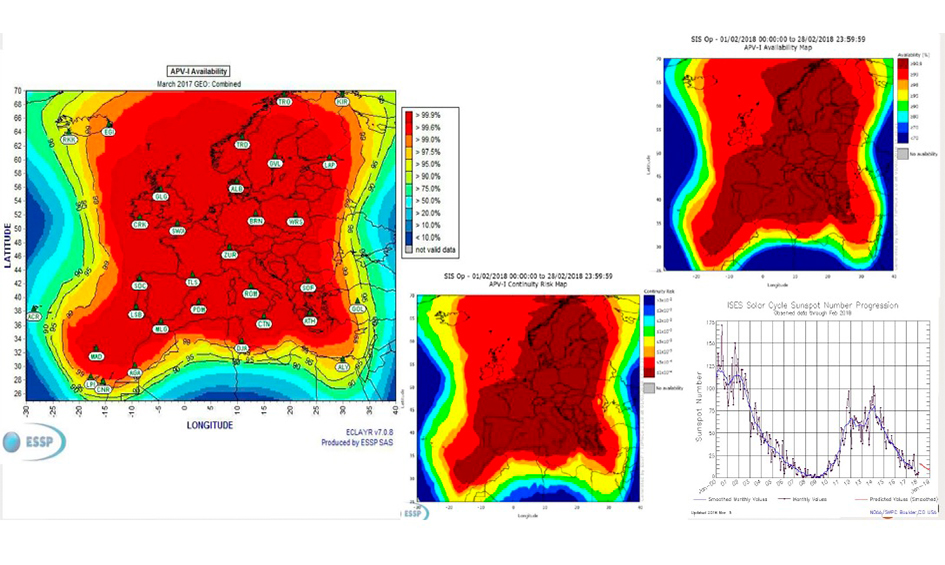
Despite these differences, the goal of all these means is the same – to lead the aircraft to particular waypoints or runways, therefore to help the crew to navigate even they do not see any visual references during the night or zero visibility. Another common thing for these means: as any equipment, they all need technical maintenance and calibration time to time. But who makes these precise means so precise?
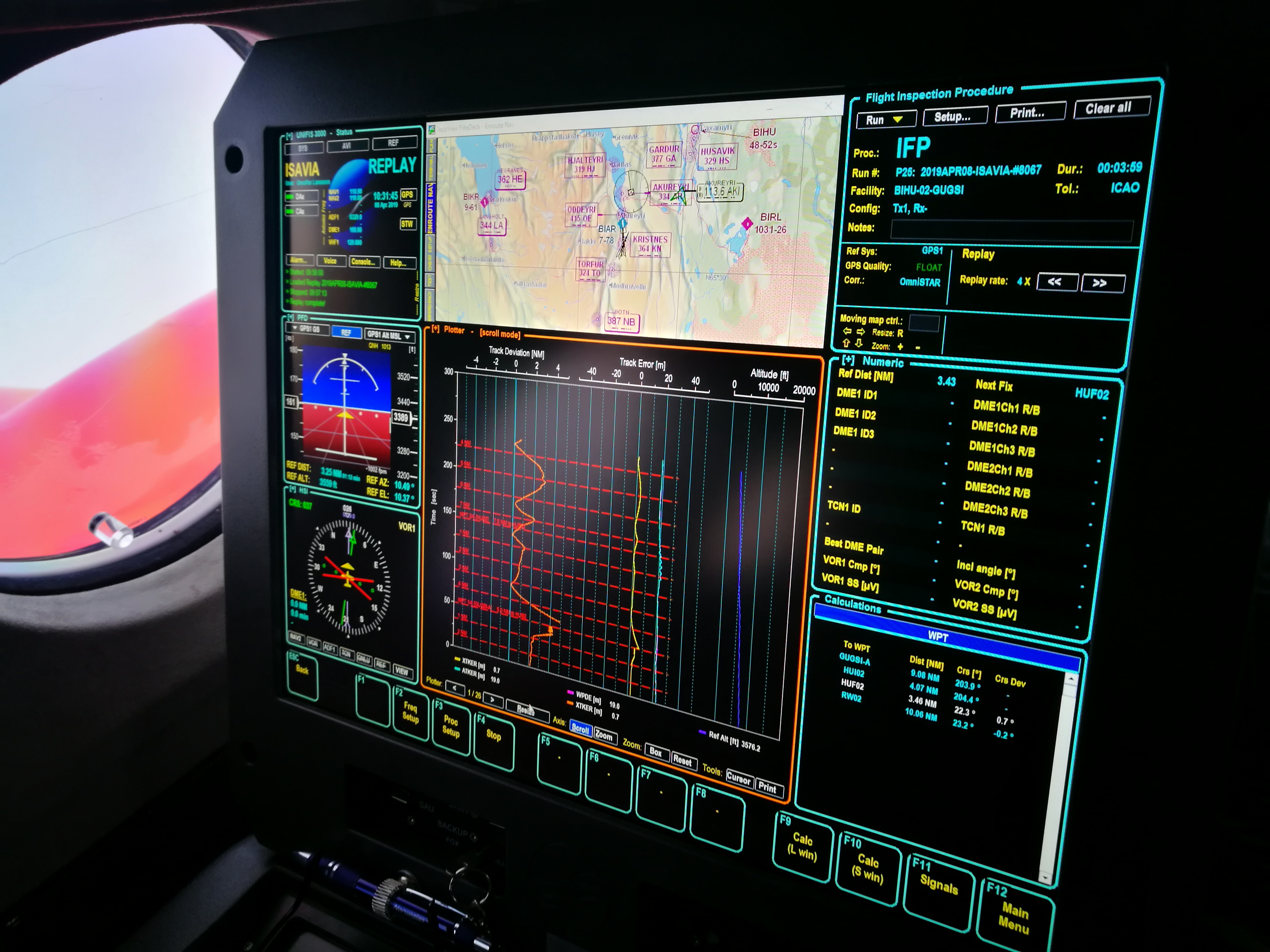
Flugblogg has found the answer during the wet morning in hangar 8 of Reykjavik capital airport, where the crew of four were preparing for the flight Beechcraft Super King Air 200 reg. TF-FMS. The plane is owned by national airspace and airports operator Isavia. The airframe with serial number BB1221 was assembled in 1985. In Iceland, until 2013 the plane performed air ambulance flights (from 40 runs in 2009 to 72 runs in 2013, according to a statistic by Alþingi) and was used as transport for Icelandic ministers. In 2014 Isavia got the plane for navigation equipment tests flights. The technical maintenance of the aircraft is performed by Icelandic Coast Guard mechanics, who are based in the same airport in hangar 2. Besides special electronics for calibration flights, the plane is equipped with terrain and weather radars. In 2017 it even took part in search & rescue mission, helping to find research vessel “Árni Friðriksson”, which was 300 nautical miles from Icelandic seashore.
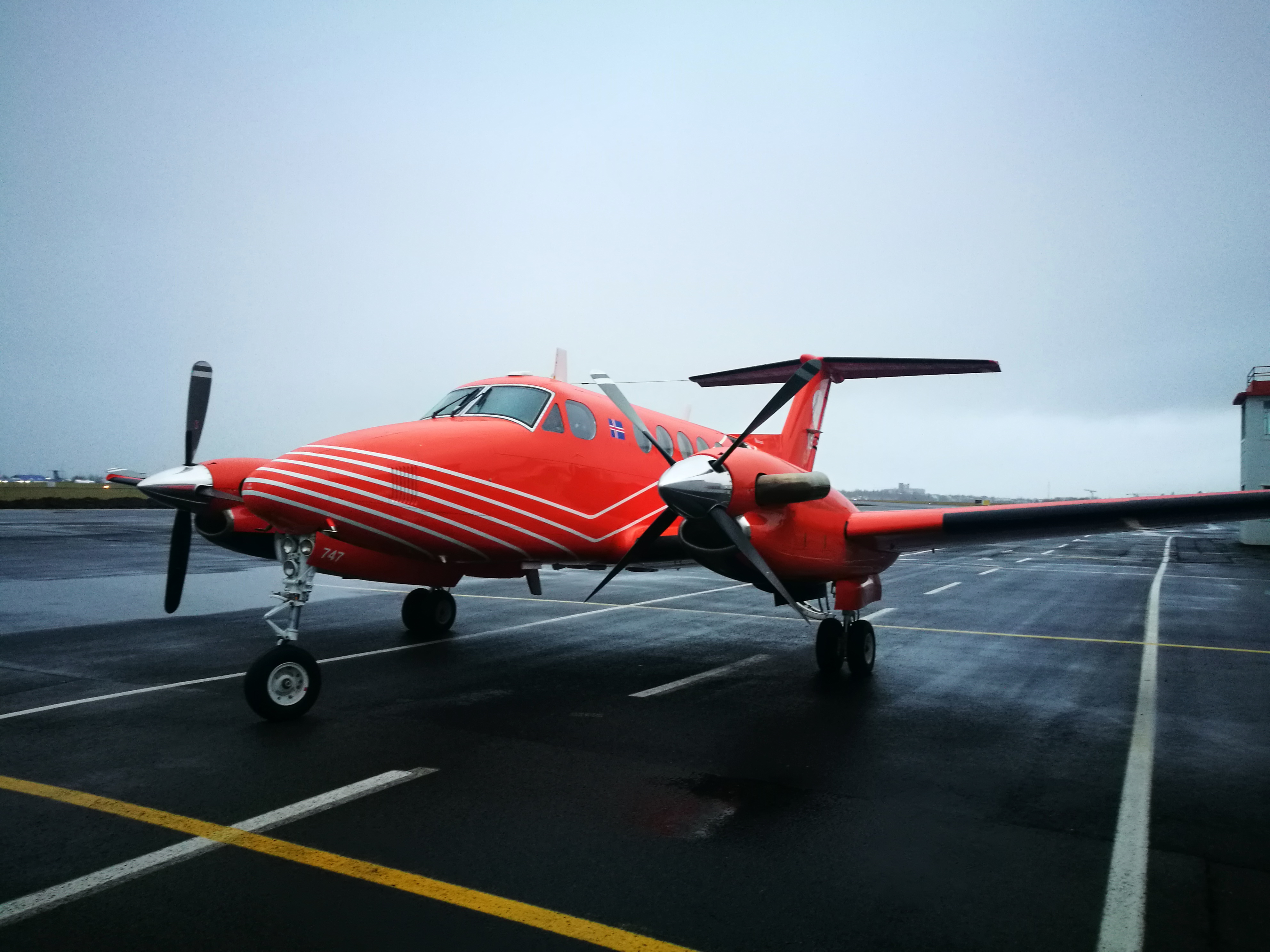
However, the main purpose of the aircraft nowadays is to perform calibration and tests flights for navigation equipment in the airports of Iceland and Greenland. TF-FMS flights include regular checks of ground-based equipment, as well as valuation tests of new electronics, for example when airport renovates its navigation means, and first-time rides for recently established approaches, as it was for LPV approach in Húsavík. The cabin of the plane was reconfigured for this new utility function, where special equipment was set up. Most of the seats were thrown away, therefore the capacity decreased from 10 to 4 people. Only gold-plated private fans nozzles and lights reminded about plane’s past as passengers’ plane.
That day our task was to evaluate new electronics for the ILS system on runway 04 in Egilsstaðir. Pilots Friðrik Sigurmundsson and Snæbjörn Guðbjörnsson together with flight inspectors Örnólfur Lárusson and Gunnar Bjarnason were on board, so TF-FMS has departed from runway 19 in Reykjavik shortly after 9 o’clock of the morning. The flight was across the whole Iceland from the south-west, which is only part of the island stayed uncovered by snow these days, to the east. 10 minutes after takeoff the plane had climbed at cruise flight level F230, however, still did not break the clouds. After 40 minutes of flight, we started to descend in Egilsstaðir, where winter had come already. During the descend below 5 000 feet we encountered moderate turbulence, which lasts until the touchdown runway 22.
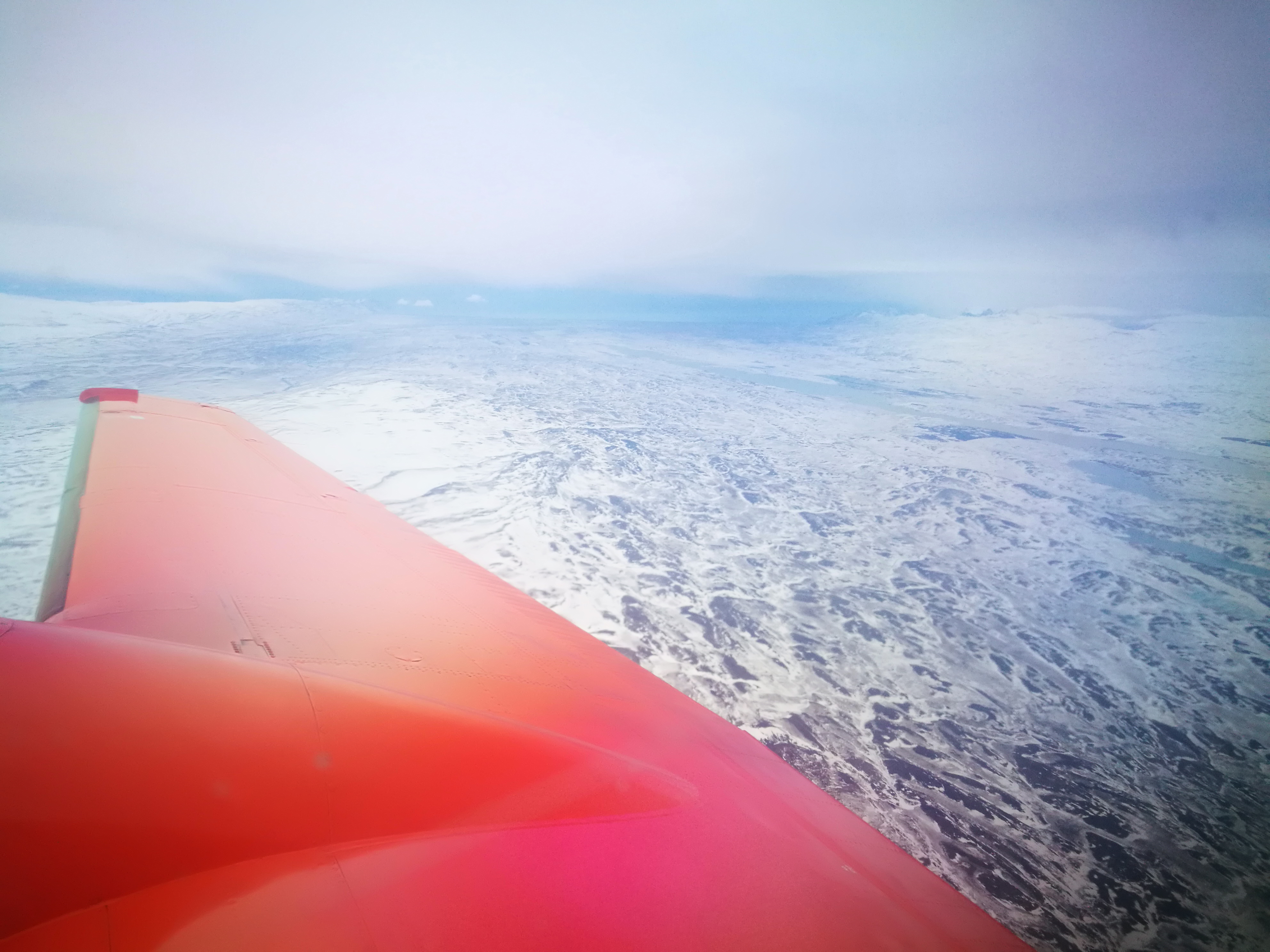
After shortstop for refuelling, the aircraft came back in the air and started to perform ILS approaches to runway 04. The goal was to test ILS transponder in different modes, including the scenario when it works with low emergency power supplies. While the plane performs the test flight, airport ground engineers seat in small maintenance hut near the course ILS beacon, reconfiguring the system under the flying crew’s guidance. The whole program consists of 26 approaches and takes many hours. However, after several runs, the crew reported they have to stop performing the task because of the turbulence. The thing is that during the approach flight inspectors compare differences between ILS, GPS and described procedure. Therefore, bumpy flight through turbulence prevents precise measurement. TF-FMS had landed in Egilsstaðir, so the crew can decide what to do next. One hour later the plane took off again. TF-FMS started again to perform an approach after approach. Its flight log on the Flightradar24 looked like a racetrack, however, it became clear that due to weather conditions the crew will not manage to complete the whole program before the end of the day. After 15 approaches the plane has landed in Egilsstaðir for the third time and then departed back to Reykjavik, but only to come back the next day to finish the test programm.

